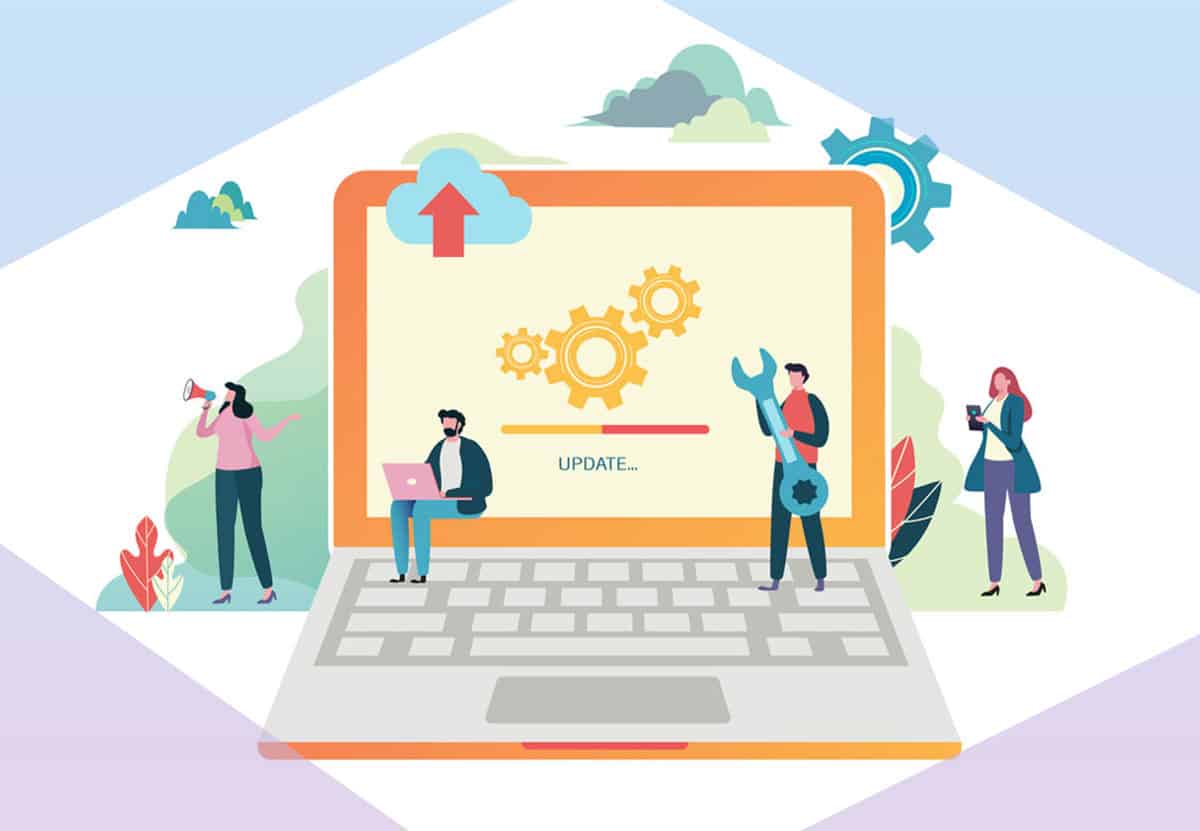Alexa’s Latest Privacy Changes: What Small Businesses Need to Know

In a move threatening small business data privacy standards, Amazon has rolled out two new privacy terms for its Alexa-enabled devices. As of March 28th, 2025, users can no longer opt out of having their voice recordings sent to Amazon’s cloud. This change eliminates the previous “Do Not Send Voice Recordings” setting that some users […]
World Backup Day: Why Backing Up Your Data Is Essential for Business Security

With World Backup Day 2025 here, now is the perfect opportunity to evaluate your organization’s data protection strategy. While many businesses invest significantly in preventative cybersecurity measures like firewalls and antivirus software, they often overlook the equally critical practice of regular, comprehensive backups. The reality—as we’ll explore today—is that you need both for truly effective […]
Data Management for Mergers: Ensure a Smooth Transition by Knowing Where Your Data Lives

Did you know that there’s an unsung hero that can make or break your merger’s success? It’s… your data! While financial projections and organizational charts often take center stage, data management for mergers tends to remain an afterthought—until it creates unexpected roadblocks in your integration, that is. For SMBs considering a merger, understanding exactly where […]
What Are Managed IT Services? Unlocking the Benefits of Partnering with an MSP

“IT support,” “tech services,” “managed services,” “IT consulting”—with so many similar-sounding terms, it’s no wonder business owners find themselves confused about what managed IT services actually entail. If you’ve ever wondered whether managed IT services for businesses are the same as basic technical support (they’re not), or if an MSP (Managed Service Provider) is just […]
Safeguarding Client Data: How Financial Services Firms Can Stay Ahead of Evolving Cyber Threats

When cybercriminals successfully breach a financial services firm, they don’t just steal data—they gain the keys to commit devastating fraud, drain accounts, and potentially cripple your business. “It won’t happen to us” is a luxury businesses like yours can no longer afford. Here’s what you need to know about the threats specifically targeting your sector, […]
The Importance of Employee IT Training in Reducing Business Liability

By Principal Farica Chang Today, it’s not just big businesses who face significant liability risks related to IT and cybersecurity. Legal fees, non-compliance penalties, and increased cyber insurance coverage are just some of the financial repercussions that can follow IT incidents, especially cybersecurity breaches. These costs can be crippling for large corporations (Meta was fined […]
Ready to Exit Your Business? Boost Its Value with Updated Technology

By Principal Farica Chang For many baby boomer business owners, the thought of retiring and passing on the baton of their small to medium-sized business (SMB) is becoming not just a future possibility but an impending reality. According to the Exit Planning Institute, a staggering 70% of business owners over 50 are planning to exit […]
8 Steps to Modernize Workforce Tech for Small Businesses

Technology is a pivotal tool for driving efficiency, productivity, and competitiveness. For small and medium-sized businesses (SMBs), workforce technology modernization is both an opportunity and a challenge. A recent study found that 45% of businesses modernizing tech saw improved ROI for IT investments. Other important benefits include improved employee retention and decreased cybersecurity risk—not to […]
How to Find a Quality IT Team in St. Louis

By Project Manager Hadley Grow Overcome Hiring Challenges with Managed IT Services In today’s competitive landscape, finding top-notch IT professionals in St. Louis can be a daunting task for businesses. The increasing demand for skilled tech talent, coupled with the rapid pace of technological advancements, has made hiring the right IT team members more challenging […]
Save Yourself a Call: 5 Common Helpdesk Issues and How to Fix Them (Updated)

There’s no getting around it: some people just aren’t tech-savvy. We’ve all met (or been) that person in the workplace who just isn’t “good with computers” when everything isn’t working as it should. Those feelings are valid! Technology changes frequently, and that’s far faster than most people can keep up with. Your managed services provider […]



